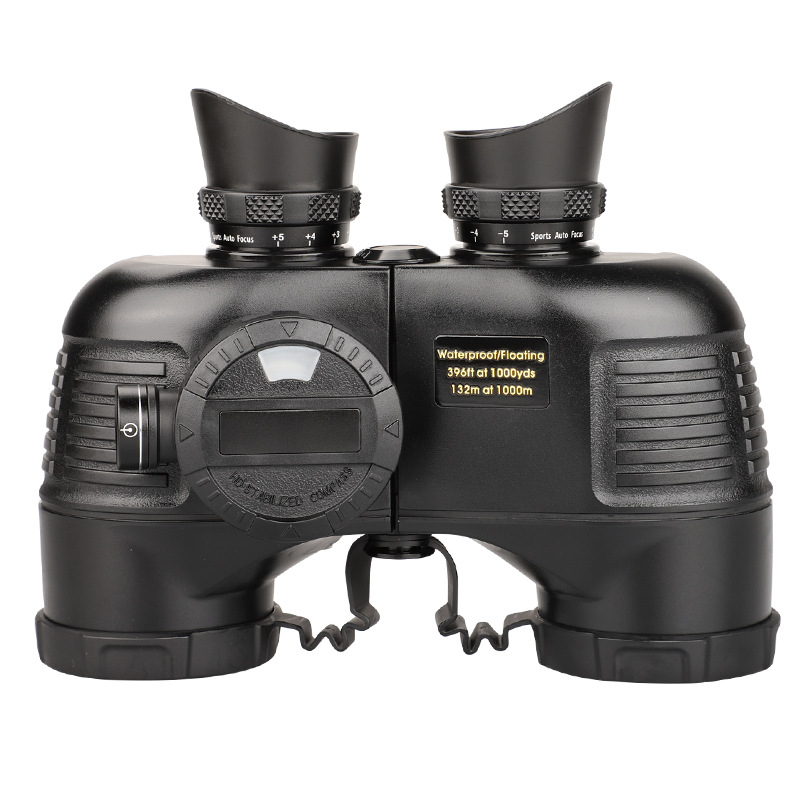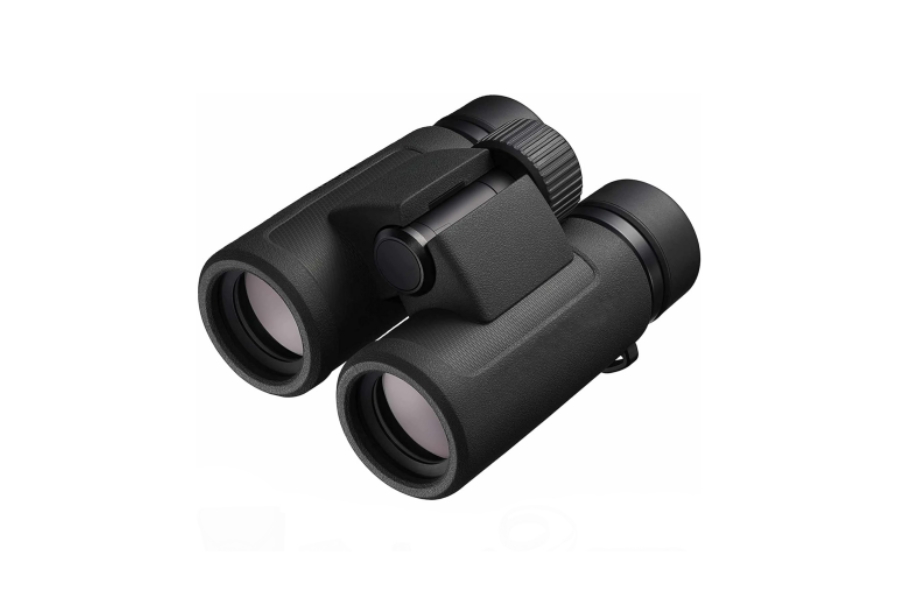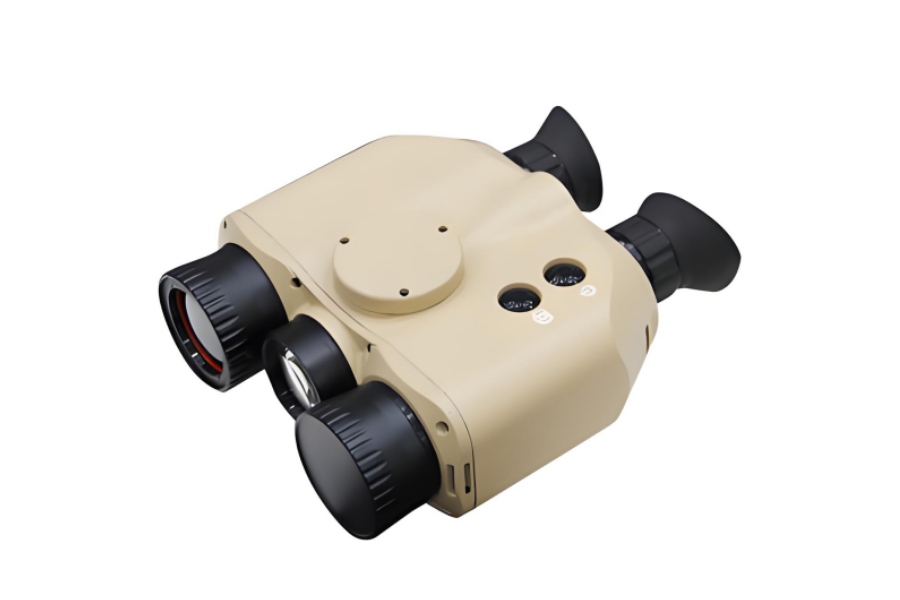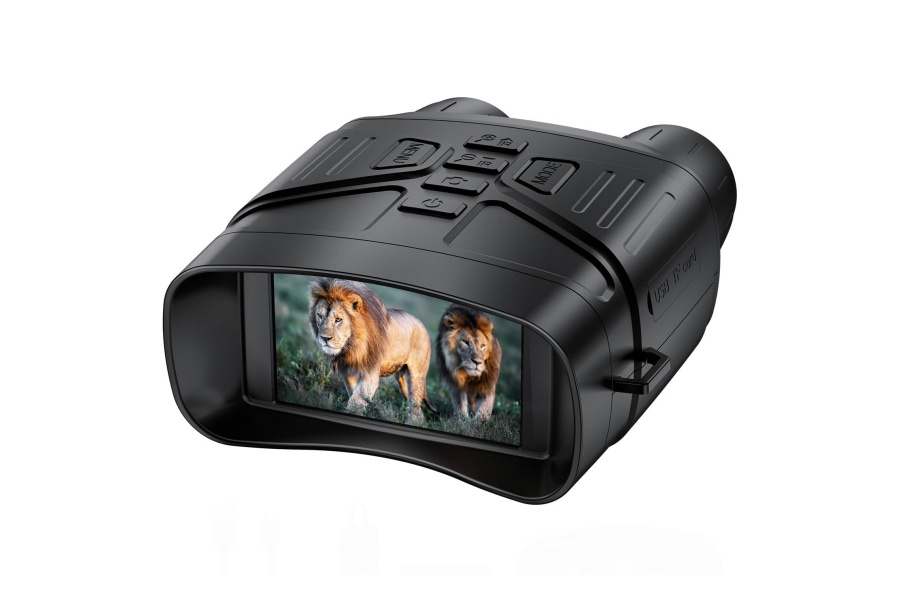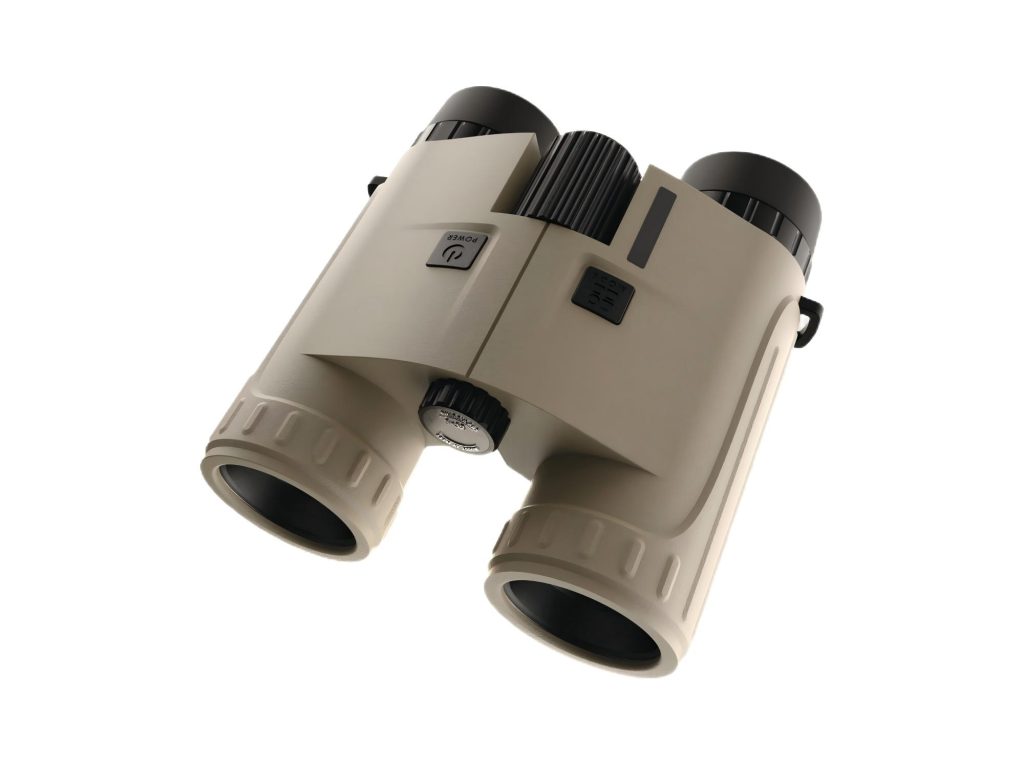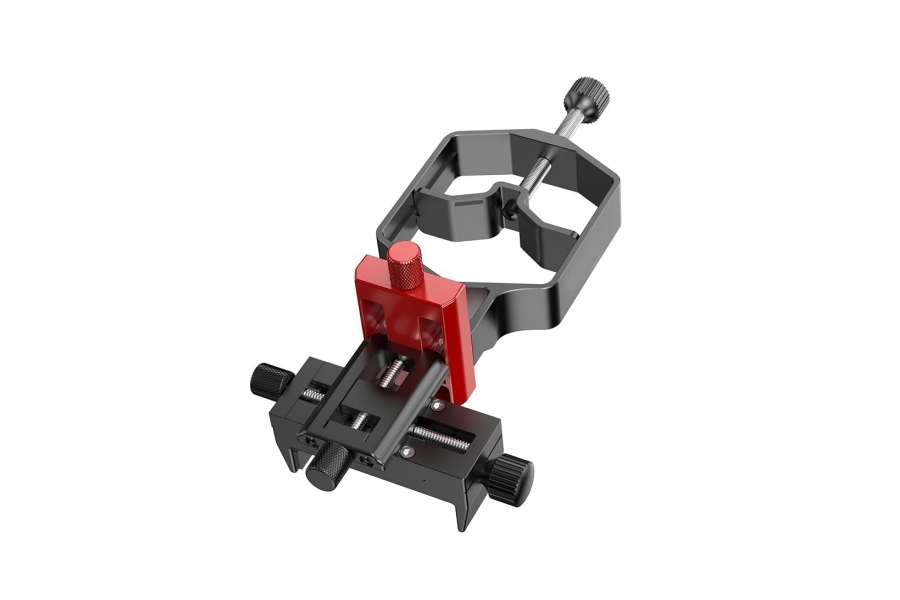Binoculars are essential tools for observing distant objects, whether you’re birdwatching, stargazing, or enjoying a sporting event. At the heart of their optical system are prisms, which play a crucial role in image formation. Two primary prism designs dominate the market: roof prisms and porro prisms. This article delves into the intricacies of these prisms, helping you understand the differences between these designs and make an informed purchasing decision.
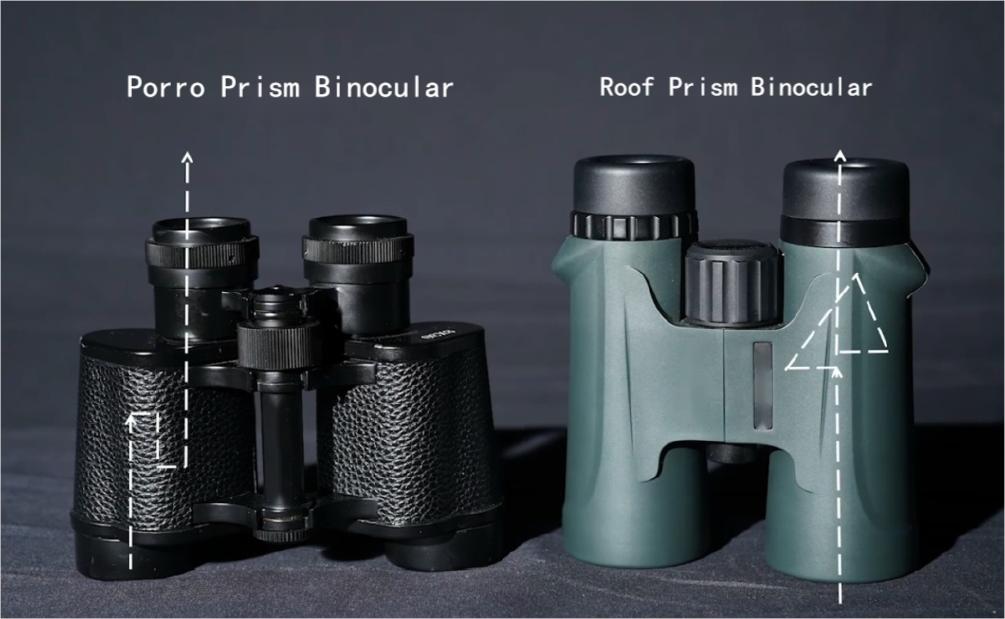
What are the Prisms in Binoculars?
Prisms in binoculars serve a crucial role in correcting the image orientation. When light enters the objective lenses, it produces an inverted image. Prisms correct this inversion and allow the binoculars to remain compact while providing a correctly oriented view. Without prisms, the image seen through binoculars would be upside-down and backwards, rendering them unusable.
There are two main types of prisms used in binoculars:
- Porro Prisms: These prisms are arranged in an offset manner, creating a zig-zag light path that results in a wider binocular shape.
- Roof Prisms: These prisms align in a straight line, allowing for a more compact and streamlined design.
Understanding how these prisms affect optical performance, durability, and usability will help in selecting the right binoculars.

Roof Prism vs. Porro Prism Binoculars: 5 Differences
The core differences between roof and porro prism binoculars stem from their distinct optical and mechanical designs. These variations lead to noticeable differences in performance, usability, and cost.
Structural and Optical Path Differences
Porro Prism
Porro prisms utilize a traditional design where the objective lenses and eyepieces are offset, creating a characteristic “Z” shape. This configuration employs two right-angle prisms, typically arranged in a mirrored fashion.
The light path is relatively simple: light enters the objective lens, is reflected twice within the prisms, and then exits through the eyepiece. This design minimizes internal reflections, contributing to efficient light transmission.
Roof Prism
Roof prisms, such as the Schmidt-Pechan or Abbe-Koenig designs, feature an in-line configuration, where the objective lenses and eyepieces are aligned. This results in a more compact and streamlined binocular body.
The light path in roof prisms is more complex, involving multiple internal reflections, including a reflection off the “roof” surface (the angled ridge of the prism). This complex path allows the device’s linear form, but can also cause certain issues if not precisely manufactured.
Optical Path Efficiency Comparison
| Feature | Porro Prism | Roof Prism |
| Transmittance (Typical) | 90%-95% (TIR) | 85%-90% (coated) |
| Phase Correction | Not required | Required |
| Prism Coating | Typically uses anti-reflective coatings. | Requires more sophisticated coatings, including phase correction coatings, dielectric coatings or silver coatings to optimize light reflection and prevent phase issues. |
Porro prisms have a simpler optical path resulting in greater light transmission. Roof prisms, despite the complexity, offer compact designs, but demand phase correction and high quality coatings to optimize image quality.

Optical Performance Trade-offs
Brightness & Contrast:
Porro prisms generally provide slightly brighter images, especially in low light conditions, due to their higher light transmission.
Roof prisms can achieve comparable brightness with high-quality coatings, but often require specialized coatings to overcome their inherent transmission losses. Contrast can be excellent in both, with the quality of the optical elements playing a major roll.
Chromatic Aberration & Sharpness:
Chromatic aberration (color fringing) and image sharpness are primarily determined by the quality of the objective lenses and the glass used in the prisms, rather than the prism type itself.
High quality ED (Extra-low dispersion) glass is common in high end binoculars of either design, minimizing chromatic aberration.
Phase Correction coated roof prisms deliver very sharp images.
Portability and Design
Size/Weight:
Roof prism binoculars are significantly more compact and lightweight due to their linear design. This makes them ideal for travel and situations where portability is essential.
Porro prism binoculars are inherently bulkier and heavier, as their offset design increases the overall dimensions of the device.
Ergonomics:
Roof prism binoculars offer a more streamlined and comfortable grip, especially for prolonged use.
Porro prisms, while potentially offering a wider field of view, can be less comfortable for some users due to their wider body. The wider set lenses, however, can be more steady for some people to hold.
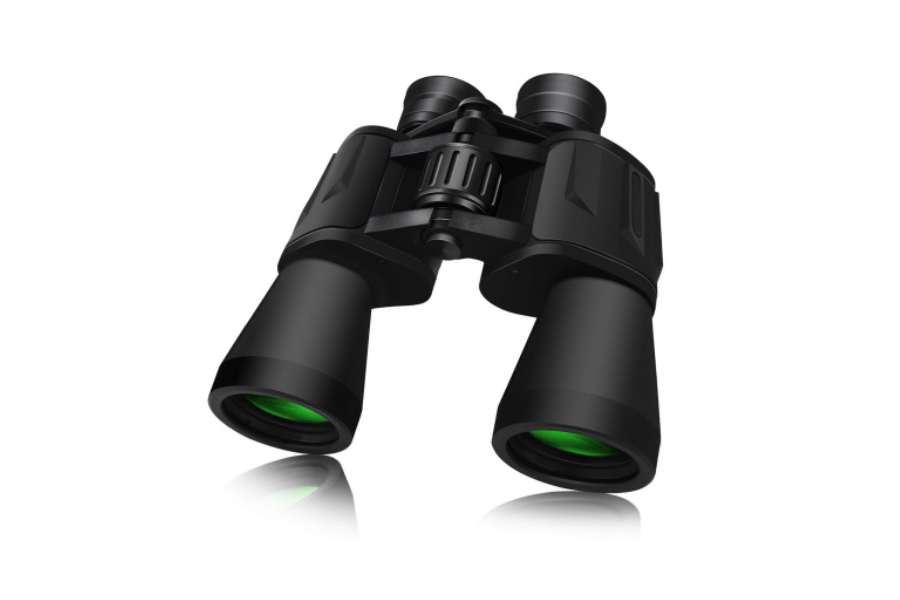
Cost and Manufacturing Complexity
Price Gap:
Porro prism binoculars tend to be more affordable, particularly at the entry-level and mid-range price points, due to their simpler manufacturing process.
Roof prism binoculars are often more expensive, especially those with phase correction and other advanced coatings. The extremely tight tolerances involved in the roof prism manufacturing adds to the cost.
Technical Challenges:
Manufacturing roof prisms, particularly those with phase correction coatings, is significantly more complex, requiring high precision and advanced techniques.
Porro prisms are far easier to manufacture.
Subjective User Experience
Depth Perception:
Porro prisms, with their wider objective lens spacing, can sometimes provide a more pronounced sense of depth perception.
Focus Mechanism:
Both types offer various focus mechanisms, including center focus and individual eyepiece focus. User preferences for these mechanisms are subjective. Center focus is more common, and generally considered to be easier to use.
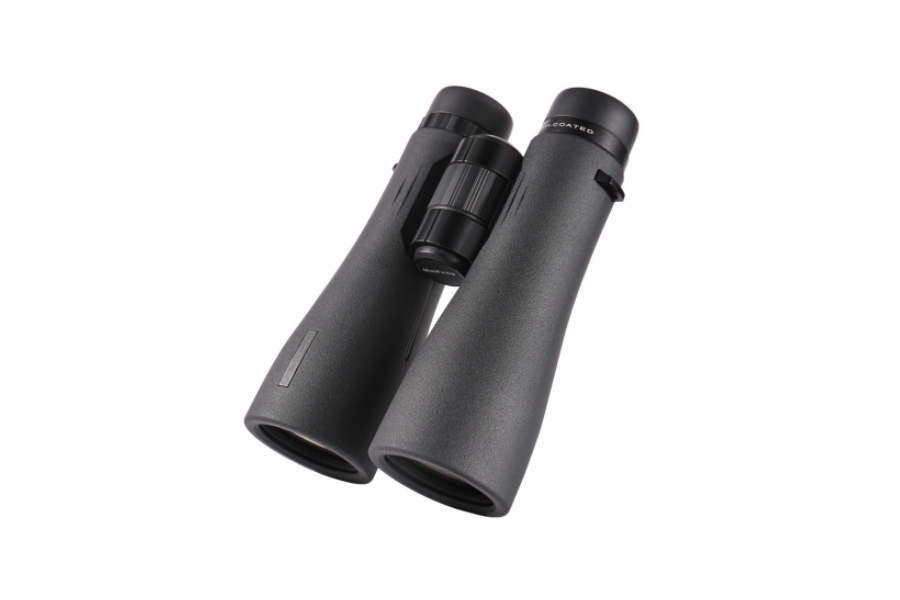
When to Choose Each?
Selecting the right binoculars depends on your intended use. The table below provides a quick reference for which type of binoculars is best suited for various applications:
| Application Scenario | Recommended Prism Type |
| Bird Watching | Roof Prism |
| Hunting | Roof Prism |
| Casual Outdoor Use | Roof Prism |
| Sports Events | Roof Prism |
| Stargazing | Porro Prism |
| Marine Use | Porro Prism |
| Budget-Friendly Choice | Porro Prism |
| Low-Light Observation | Porro Prism |
Both roof prism and porro prism binoculars have their distinct advantages and drawbacks. If compactness, durability, and portability are your priorities, roof prism binoculars are a great choice. However, if superior depth perception, brightness, and affordability are more important, Porro prism binoculars may be the better option. By understanding these key differences, you can make an informed decision based on your specific use case. For any customized needs, please feel free to contact Foreseen, our engineer will support your ideas.

